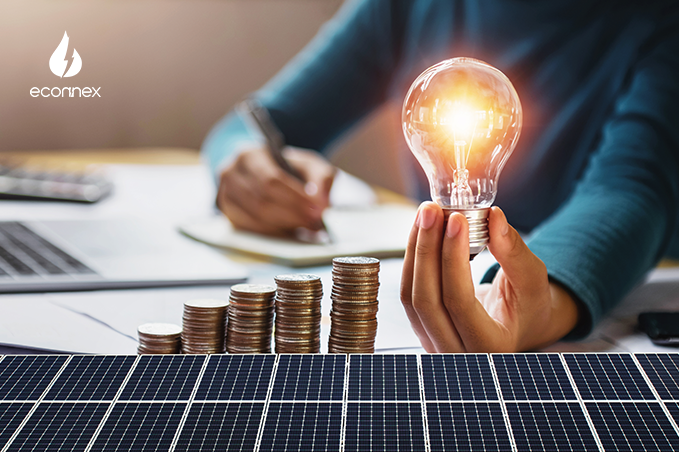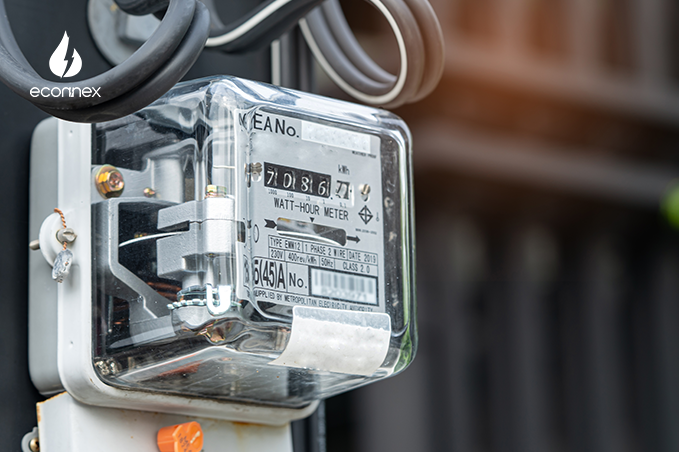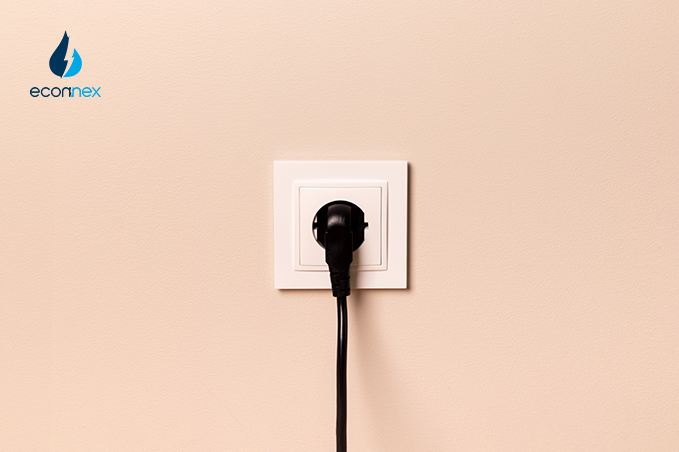Discover the benefits of Solar feed-in tariffs (FIT) and how Econnex's platform allows you to compare and select the best feed-in tariff options at econnex.com.au.

Published on 01/11/2023
By Rajesh Kumawat
Energy Comparison
With the increasing popularity of solar power systems, feed-in tariffs (FIT) have become a significant aspect of residential and commercial solar installations. Feed-in tariffs allow solar system owners to earn credits or receive payments for the excess electricity they generate and feed back into the grid. In this comprehensive guide, we will explore the concept of feed-in tariffs, their benefits, and how Econnex's platform can help you find the best FIT options available. We will also delve into the variations in feed-in tariff regulations across different Australian states and provide insight into maximizing your solar savings.
Feed-in tariffs are financial incentives provided by energy retailers or government bodies to encourage the adoption of renewable energy, particularly solar power. When you have a solar system installed, you can generate more electricity than your household or business consumes. The excess electricity is then fed back into the grid, and you are credited for this contribution through the feed-in tariff scheme.
The feed-in tariff scheme allows you to earn credits or receive payments for the electricity you export to the grid. This financial compensation helps offset the cost of your energy bills and can contribute to the payback period of your solar system. By participating in a feed-in tariff program, you not only reduce your reliance on the grid but also contribute to the transition towards a more sustainable energy future.
Feed-in tariffs offer several benefits for solar system owners. Here are some key advantages:
Econnex's platform simplifies the process of finding the best feed-in tariff options for your solar system. With our user-friendly interface and powerful search tools, you can easily compare and select the most favorable feed-in tariff plans available. Econnex offers a filter option where you can sort the feed-in tariff rates from high to low or low to high, depending on your preference. This allows you to prioritize the financial incentives offered by different retailers and choose the most advantageous option for your solar investment.
It's important to note that feed-in tariff regulations vary across different Australian states. Each state government sets its own policies and rates, which can impact the financial benefits you receive. Let's explore the feed-in tariff regulations in some of the major Australian states:
It's crucial to research and understand the specific feed-in tariff regulations in your state to maximize the financial benefits of your solar system.
To make the most of your solar savings, consider the following tips:
Feed-in tariffs present a significant opportunity for solar system owners to earn financial incentives while contributing to a sustainable energy future. With Econnex's platform and its filter option for feed-in tariffs, you can easily compare and select the best options available. Remember to research the specific feed-in tariff regulations in your state to ensure you maximize your solar savings. Start exploring the possibilities today and embrace the benefits of feed-in tariffs for your solar investment.



